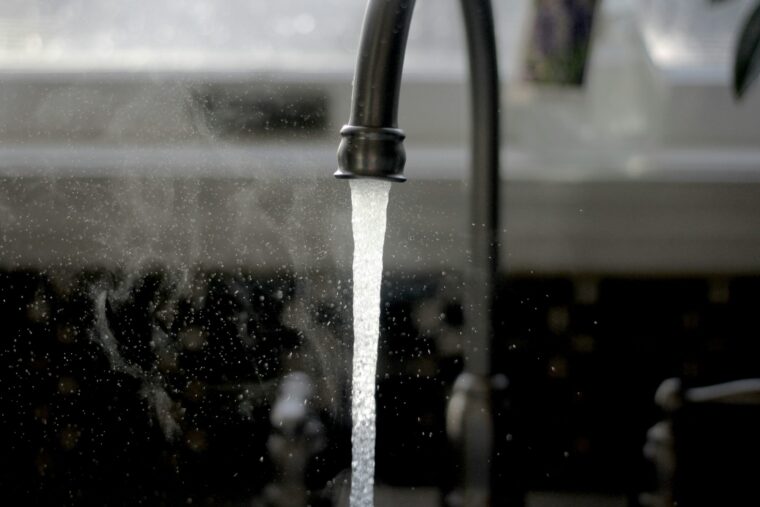
The U.S. Environmental Protection Agency (EPA) has introduced a final rule aimed at ensuring safe drinking water by requiring the identification and replacement of lead pipes nationwide by 2034.
The Lead and Copper Rule Improvements (LCRI) sets stricter testing standards to address lead in drinking water, protect communities from lead exposure and keep residents in the loop about the locations of lead pipes and plans for their removal.
In addition to the LCRI, the EPA announced that Massachusetts will receive $53.5 million in new funding for drinking water infrastructure from the Bipartisan Infrastructure Law (BIL). Distributed through the Drinking Water State Revolving Funds, these funds are available for lead pipe replacement and inventory projects, with 49% of this funding earmarked for historically disadvantaged communities through grants or principal forgiveness.
RELATED: New York state expediting lead service line replacement projects with $90M in grants
Massachusetts public water suppliers can obtain financial support for the planning, design and construction of drinking water infrastructure projects that protect public health and ensure compliance with federal and state regulations. Eligible projects include:
New or upgraded drinking water treatment or storage facilities.
Replacement of contaminated water sources.
Consolidation or restructuring of water systems.
Projects or activities that provide treatment or alternatives to meet health standards.
Installation or replacement of transmission or distribution systems.
Approved planning initiatives.
The EPA is also making $35 million available through competitive grants to reduce lead in drinking water and has launched a new website to help identify additional federal funding sources for lead pipe replacement projects.
“We’ve known for decades that lead exposure has serious long-term impacts for children’s health,” EPA Administrator Michael S. Regan says. “And yet, millions of lead service lines are still delivering drinking water to homes.”
The EPA estimates that as many as 9 million homes across the U.S. still have lead pipes, many of which are in lower-income and communities of color, putting these residents at greater risk of lead exposure. The LCRI widens the use of practical measures already in place in several states and cities. The benefits of these improvements — both in terms of public health and economic activity — are expected to be up to 14 times the costs.
“Everyone deserves safe, clean water in their homes, no matter where they live or how much they earn,” EPA Regional Administrator David Cash says. “Today, we’re announcing improvements to the Lead and Copper Rule that require better testing and quicker action, while also providing critical funding to Massachusetts.”
The LCRI comes in response to clear, longstanding science that lead is a powerful neurotoxin with no safe level of exposure. In children, lead can seriously damage both mental and physical development, slowing learning and permanently harming the brain. Adults don’t get a free pass, with lead exposure leading to higher blood pressure, heart disease, reduced kidney function and certain cancers.
According to the Centers for Disease Control and Prevention, there is no known cure for lead poisoning. The final LCRI reinforces national standards to better protect residents from the serious and permanent health risks of lead in drinking water.
The rule improvements will safeguard millions from lead exposure in drinking water, with EPA estimates showing that each year after the LCRI is implemented, it will:
Protect up to 900,000 infants from low birthweight.
Prevent up to 2,600 cases of Attention-Deficit Hyperactivity Disorder in children.
Reduce up to 1,500 premature deaths due to heart disease.
Prevent the loss of up to 200,000 IQ points in children.
The BIL allocates $50 billion to improve drinking water and wastewater systems. Of this total, $15 billion over five years is specifically set aside for replacing lead service lines, while $11.7 billion from the Drinking Water State Revolving Funds can also be used for the same purpose. Other methods to access funding for lead service line replacement are also available.
Investing in locating, planning and replacing lead pipes will not only provide local jobs but also reinforce the infrastructure needed for safe drinking water, which in turn supports economic growth. More details on the final rule, including a pre-publication version of the federal register notice and fact sheets, are available online.
The post Massachusetts receiving $53.5 million to upgrade water infrastructure appeared first on Government Market News.
